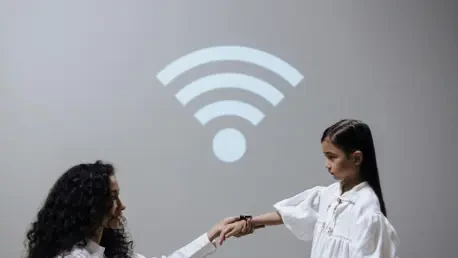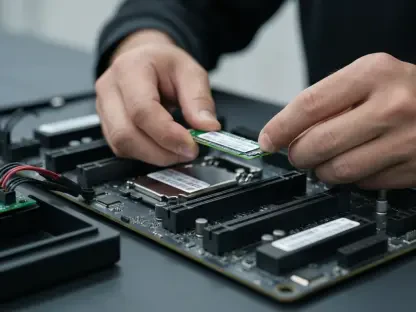In a world increasingly reliant on automation, the challenges of accurately identifying hidden objects are crucial, especially in industries like manufacturing and security. Traditional methods often fall short, struggling with precision. However, a groundbreaking solution emerges: using reflective Wi-Fi signals to pinpoint objects obscured from view. This cutting-edge technology not only promises to disrupt existing practices but also opens new possibilities for diverse applications.
A New Era for Hidden Object Detection
Unveiling the ability to detect unseen objects marks a significant milestone in technology. Reflective Wi-Fi imaging techniques provide enhanced methods by surpassing the limitations of conventional radar. This revolutionary innovation utilizes millimeter wave signals, capable of efficiently penetrating obstacles like containers and walls. Such advancements are pivotal, especially in sectors that demand heightened automation and operational efficiency—a paradigm shift aligned with forthcoming technological movements.
Decoding the Science Behind the Innovation
The core of this novel technology, known as mmNorm, provides groundbreaking capabilities distinct from traditional radar. Millimeter wave signals, employed in these systems, exhibit unique propensities to penetrate surfaces and tag hidden objects. Advanced algorithms then transform these reflections into detailed 3D representations. A vivid illustration of its mechanism can be observed in quality inspections—enabling the evaluation of products without unsealing packaging, significantly enhancing factory operations.
Insights from Experts and Researchers
Illuminating testimonials from researchers underscore the significance of this innovation. With leaders like MIT’s Fadel Adib describing its potential, the vision for mmNorm becomes clear. At recent academic conventions, notably ACM MobiSys, peers have both lauded and critically evaluated this pivotal advancement. Researchers emphasize a shift from traditional thinking, thus paving the way for exciting breakthroughs and envisioning unforeseen application scopes.
Expansive Applications and Potential Limitations
The implications of this technology span various sectors. Reflective Wi-Fi could reshape assisted living, allowing seamless detection of misplaced items, or augment manufacturing with augmented reality enhancements. In security, advanced renderings of concealed items promise robust airport checks. Nevertheless, challenges remain, particularly with imaging through dense materials—a frontier that continues to see ongoing advancements as researchers refine capabilities.
As we move toward an increasingly interconnected world, the path blazed by reflective Wi-Fi signals represents transformative possibilities. Leaps in 3D imaging precision offer tangible benefits across industries, tackling the pervasive challenge of object concealment. Reflecting on the narrative, the legacy of this development could well redefine technological boundaries, setting the foundation for future explorations into unseen territories. Expanding upon innovation’s cusp, investing in further research and honing these technologies hold the key to unlocking a new era in automation and security.









